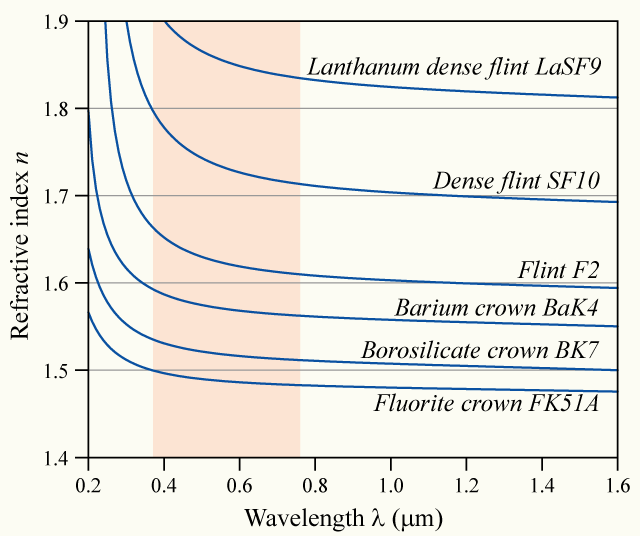The problem says:
The certain film on the glass reflects blue light of wavelength 480nm, but does not reflect any red light of wavelength 640nm.
1) If we say that it reflects blue light but no red light, does it mean that we actually see blue light only?
2) As I understand, if something reflects a blue light that automatically means that red light and all other light is absorbed. Is that right?
Thank you.

Best Answer
It depends which side of the glass you are observing from.
If you're on the same side as the source, you'll see the reflected blue light.
If you're on the other side, you'll see the transmitted red light.
No. For example, consider your bathroom mirror. It reflect blue light, and it also reflects red light.
Another possibility is it could reflect blue light and transmit (rather than absorbing) red light.